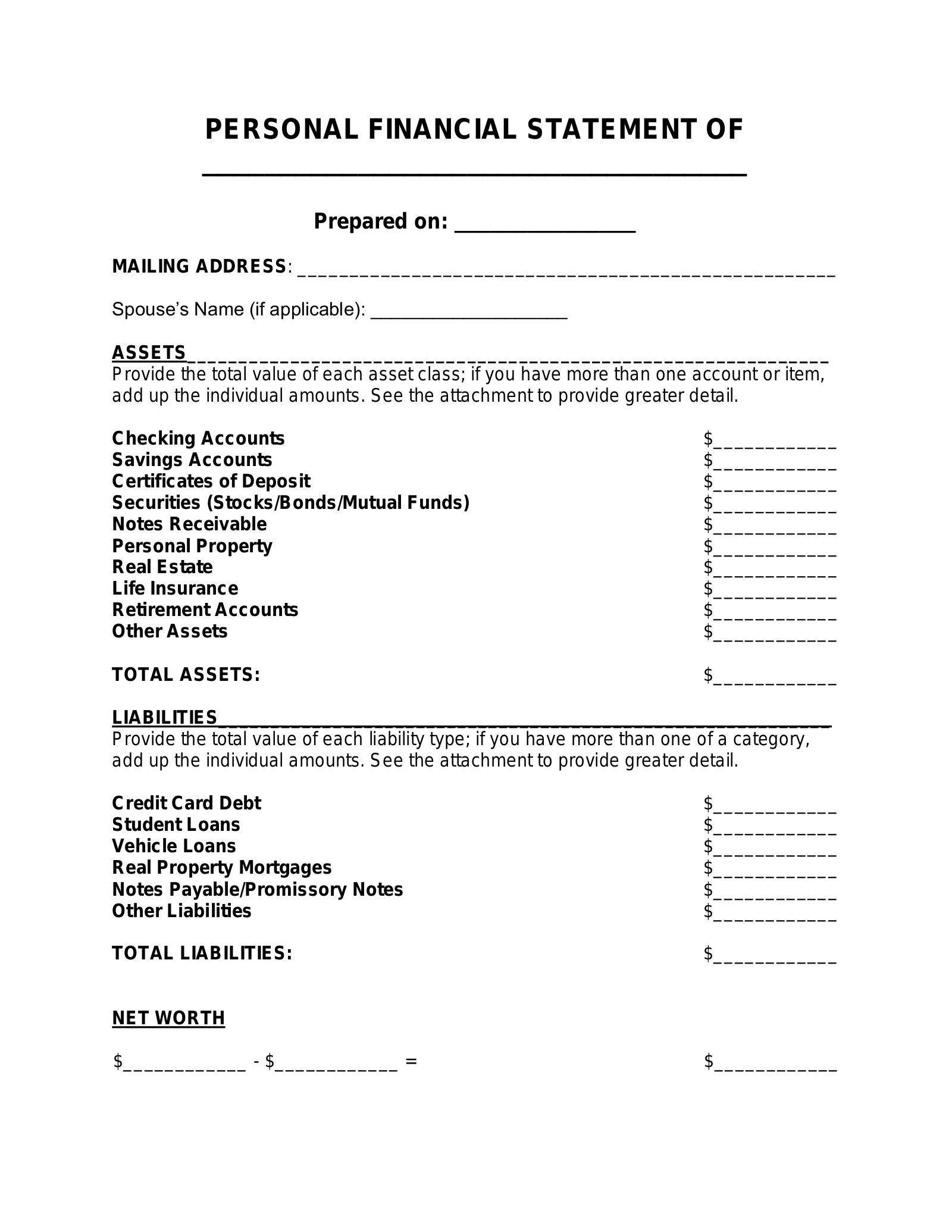Financial statements are essential documents that provide a detailed overview of a company’s financial performance and position. These statements offer valuable insights into profitability, liquidity, solvency, and overall financial health, which are crucial for stakeholders such as investors, creditors, and management to make informed decisions.
By presenting a structured and comprehensive view of a company’s financial status, financial statements play a key role in guiding strategic actions and assessing the long-term viability of a business.
What are Financial Statements?
Financial statements are formal records that outline a company’s financial activities, results, and position over a specific period. These statements typically include the balance sheet, income statement, cash flow statement, and statement of changes in equity.
Each of these documents provides unique insights into different aspects of a company’s financial performance and helps stakeholders understand how well the business is doing financially.
Why are Financial Statements Important?
Financial statements are essential for various parties involved in a business for the following reasons:
- Insights into Financial Performance: Financial statements offer a clear picture of a company’s profitability, revenue, expenses, and net income, allowing stakeholders to assess the financial health of the business.
- Evaluation of Liquidity and Solvency: By analyzing the balance sheet and cash flow statement, stakeholders can determine the company’s ability to meet short-term obligations and its overall financial stability.
- Decision Making: Financial statements provide the necessary information for investors, creditors, and management to make informed decisions regarding investments, loans, and strategic planning.
- Regulatory Compliance: Companies are required to prepare and publish financial statements to comply with accounting standards and regulations, ensuring transparency and accountability.
How to Create Financial Statements?
Creating financial statements involves gathering financial data, organizing it into the required format, and ensuring accuracy and completeness. Here are the steps to create financial statements:
1. Gather Financial Data:
Collect all relevant financial information, including income, expenses, assets, liabilities, and equity, from the company’s accounting records.
2. Organize Data into Statements:
Prepare the balance sheet, income statement, cash flow statement, and statement of changes in equity using the gathered financial data, following the standard formats and guidelines.
3. Review and Validate:
Review the prepared financial statements for accuracy, consistency, and compliance with accounting principles. Validate the numbers and ensure all calculations are correct.
4. Print and Distribute:
Once the financial statements are finalized, print them out in a professional and legible format. Distribute the statements to relevant stakeholders, such as investors, creditors, and regulatory authorities.
Examples of Financial Statements
Here are some common examples of financial statements:
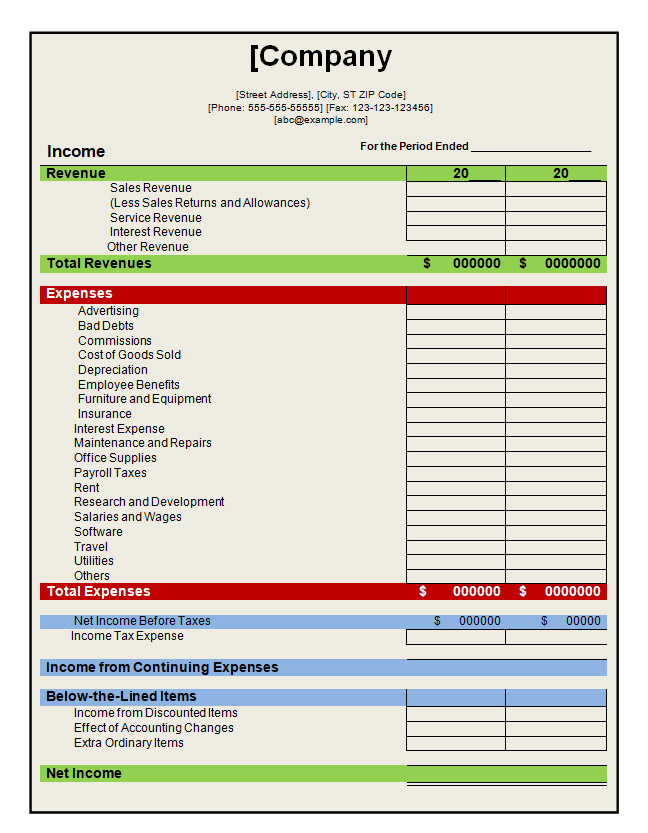
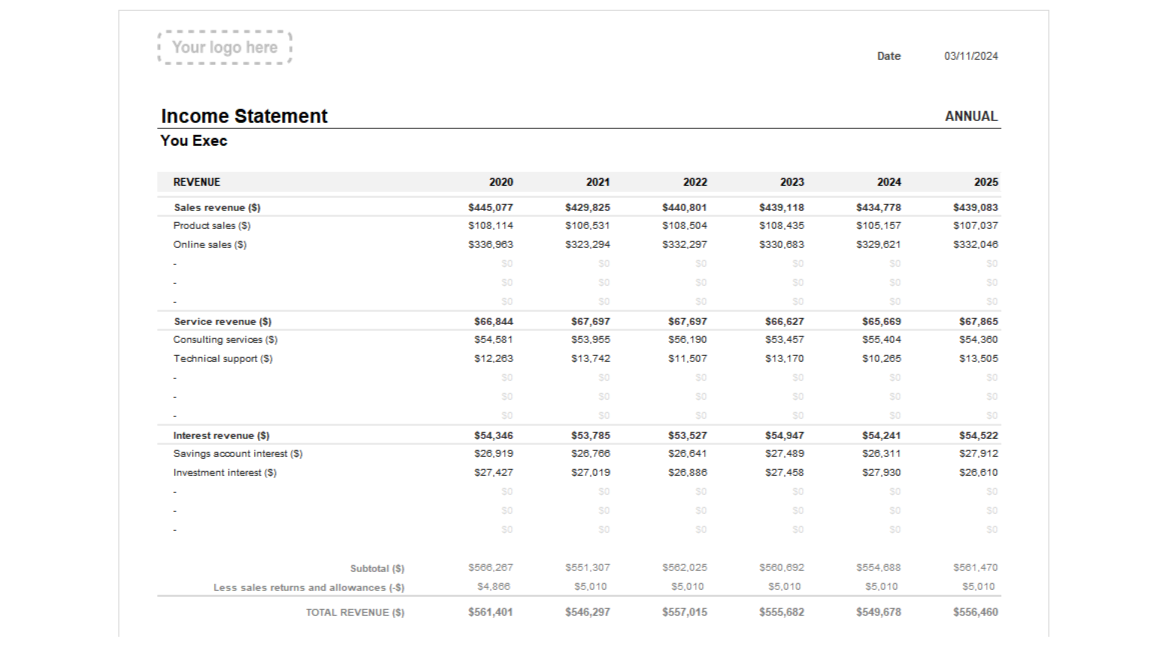
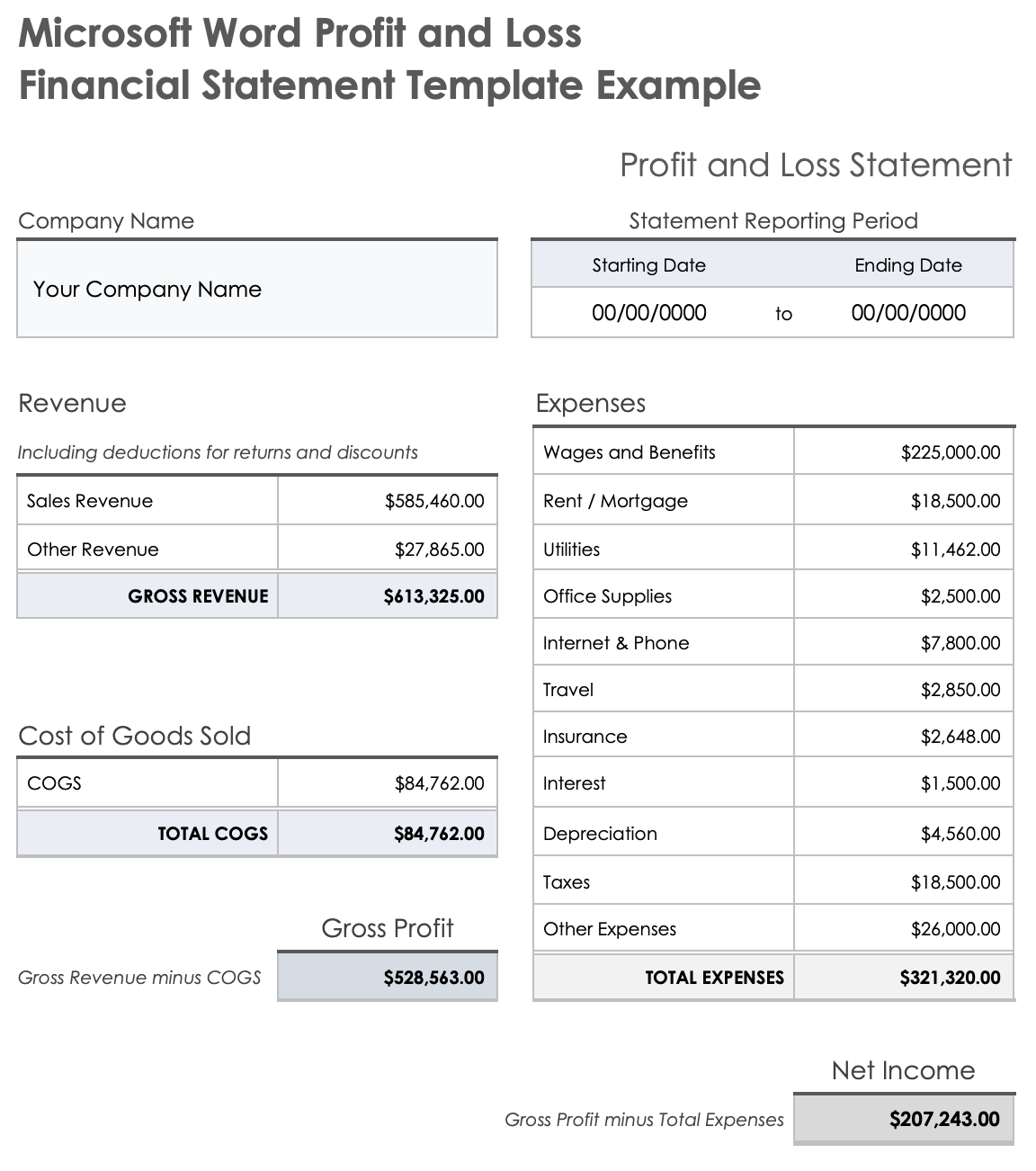
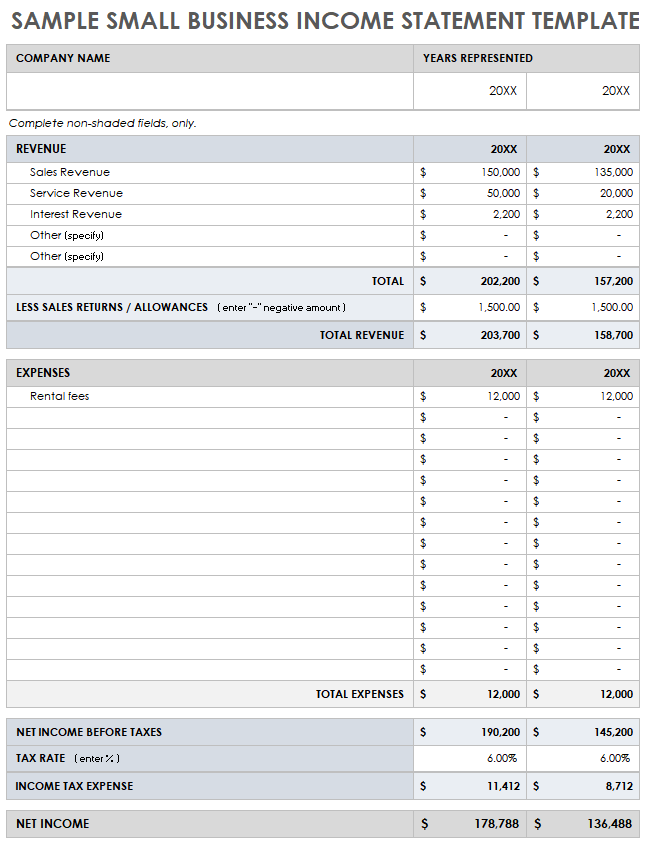
Tips for Successful Financial Statements
When preparing financial statements, consider the following tips to ensure accuracy and effectiveness:
- Use Standard Templates: Utilize standard templates or accounting software to create consistent and professional-looking financial statements.
- Double-Check Calculations: Verify all calculations and numbers to eliminate errors and inaccuracies in the financial statements.
- Provide Explanatory Notes: Include footnotes or explanatory notes to clarify significant accounting policies, assumptions, and uncertainties.
- Update Regularly: Keep financial statements up-to-date and review them periodically to reflect the latest financial information and changes in the business.
- Seek Professional Help: If needed, consult with accounting professionals or financial advisors to ensure the accuracy and compliance of your financial statements.
Overall, financial statements are invaluable tools that provide a structured and comprehensive view of a company’s financial performance and position. By utilizing these statements effectively, stakeholders can make informed decisions, assess risks, and drive the long-term success of the business.
Financial Statement Template – Download
